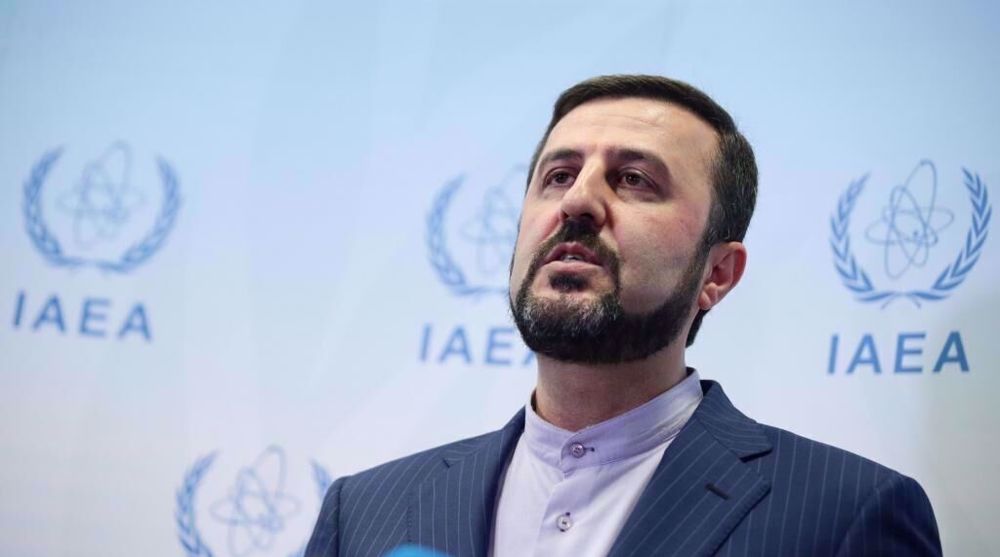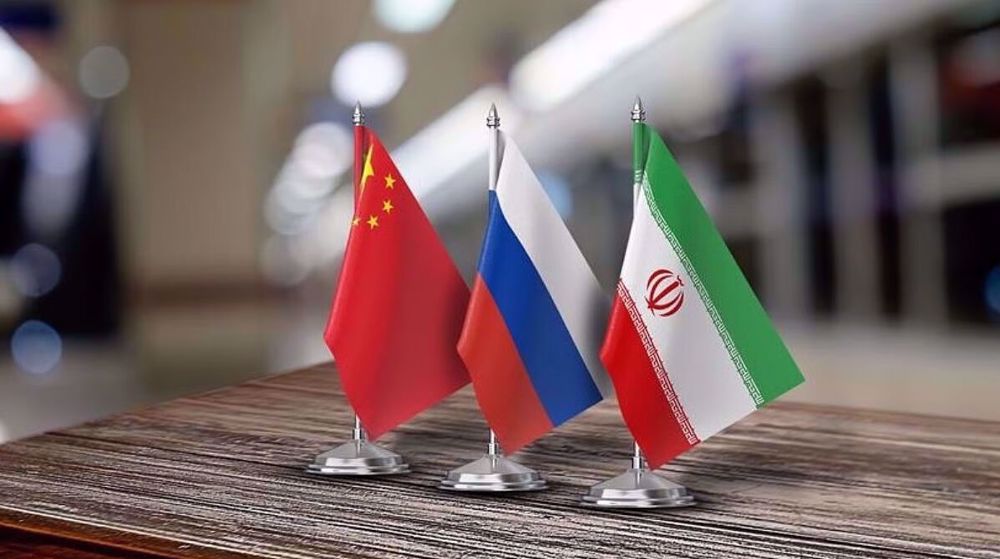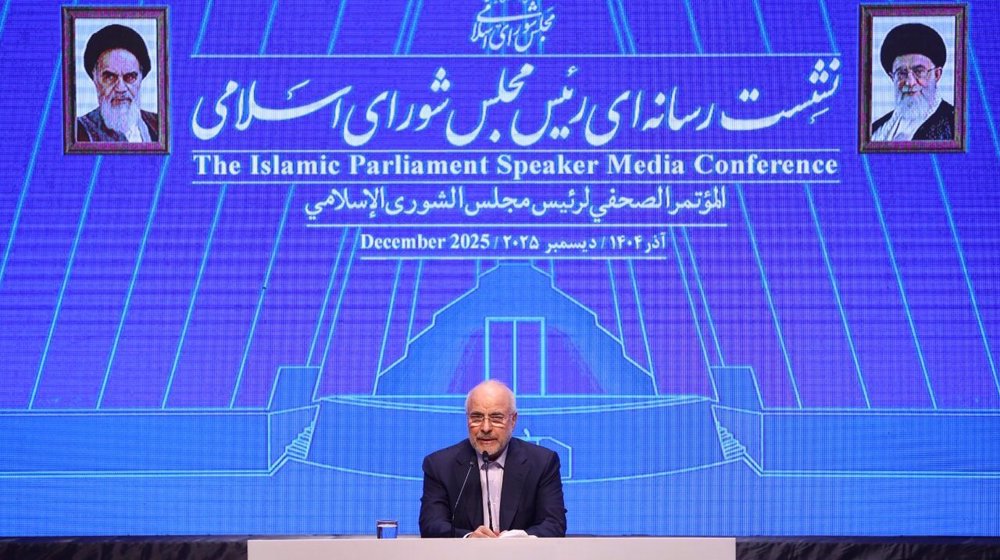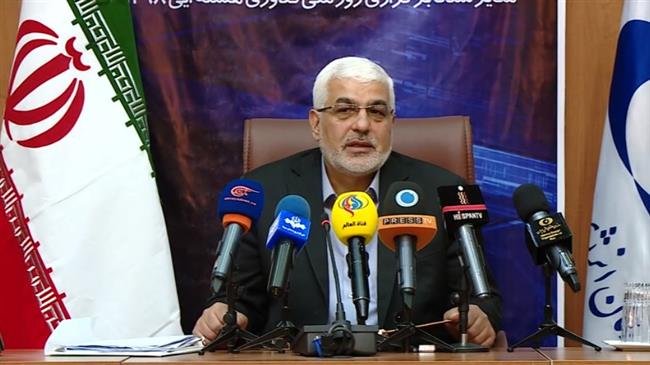Iran confirms feeding UF6 into advanced IR-2m centrifuges at Natanz facility
Iran confirms it has fed UF6 into the recently installed cascade of advanced IR-2m centrifuges at Natanz facility.
“The director general of the International Atomic Energy Agency (IAEA) released a half-page report yesterday, announcing that on November 14, IAEA inspectors verified [Iran’s] start of injecting UF6 gas into a cascade of 174 IR-2m centrifuges at the fuel enrichment plant in Natanz,” Kazem Gharibabadi, Iran’s permanent representatives to Vienna-based international organizations, said in a tweet on Wednesday.
مدیرکل آژانس بین المللی انرژی اتمی با انتشار گزارشی نیم صفحه ای در روز گذشته، اعلام کرد بازرسان آژانس در تاریخ ۱۴ نوامبر (۲۴ آبان)، آغاز تزریق گاز یو اف شش به یک زنجیره ۱۷۴ تایی سانتریفیوژهای آی.آر.ام دو در کارخانه غنی سازی سوخت در نطنز را راستی آزمایی کردند.
— Gharibabadi (@Gharibabadi) November 18, 2020
Earlier, Reuters, citing a report by the UN atomic watchdog, reported that Iran had fired up advanced uranium-enriching centrifuges that it had installed at the Natanz site.
“On 14 November 2020, the Agency verified that Iran began feeding UF6 into the recently installed cascade of 174 IR-2m centrifuges at the Fuel Enrichment Plant (FEP) in Natanz,” said the IAEA report to member states dated Tuesday, Reuters reported.
An International Atomic Energy Agency report said last week that Tehran had installed the advanced IR-2m machines at Natanz, but it had not fed uranium hexafluoride (UF6) gas, the feedstock for centrifuges, into that cascade.
IAEA head confirms Iran operating centrifuges in Natanz
Separately on Wednesday, the head of the UN atomic agency also confirmed reports about Iran’s operating of the centrifuges installed at an underground site.
Rafael Grossi told reporters in Vienna that the 174 centrifuges had been moved into a new area of the Natanz nuclear site and had recently begun operating.
Last month, Grossi said the IAEA inspectors confirmed that Iran had started building an underground centrifuge assembly plant after a July act of sabotage at the Natanz nuclear facility.
Earlier on Wednesday, Grossi also delivered his opening statement to the IAEA Board of Governors, during which he underlined the need for continued cooperation between the agency and Iran.
“As you will recall, in August we reached agreement with Iran to reinforce cooperation and enhance mutual trust. The Agency, as agreed with Iran, has now conducted complementary accesses at two locations in Iran” specified by the IAEA, and “conducted … additional nuclear material inventory verification at a declared facility in Iran,” he said.
“Now it is essential to address and make progress in our verification work through sustained engagement and cooperation,” he added, stressing that the IAEA “continues to verify the non-diversion of nuclear material declared by Iran under its Safeguards Agreement.”
A year after the US withdrawal from the JCPOA in May 2018, Iran began a set of nuclear countermeasures in response to the United States’ unilateral departure from a landmark 2015 nuclear agreement between the Islamic Republic and major world powers.
The measures were also taken in retaliation for the US’ restoration of its sanctions against Iran, and failure by the European signatories to the deal -- Britain, France, and Germany -- to keep their business interactions with Iran despite the sanctions.
As part of the steps, Iran stopped recognizing the limits set by the deal --- officially known as the Joint Comprehensive Plan of Action (JCPOA) -- on its nuclear industry, whether concerning the capacity and level of uranium enrichment, the volume of stockpiled uranium or research and development.
Ukraine says it strikes Russian ‘shadow fleet’ in Mediterranean
Hamas condemns ‘brutal’ Israeli attack on Gaza school
At least 1.6 million in Gaza face ‘acute food insecurity,’ IPC warns
Man convicted of spying for Mossad executed in Iran
VIDEO | Qunaitra residents protest Israeli violations in Syria
UN chief condemns rising Israeli settler violence in occupied West Bank
Use and throw: As US foreign policy priorities shift and Europe falters, Ukraine pays the price
VIDEO | Press TV's news headlines














 This makes it easy to access the Press TV website
This makes it easy to access the Press TV website